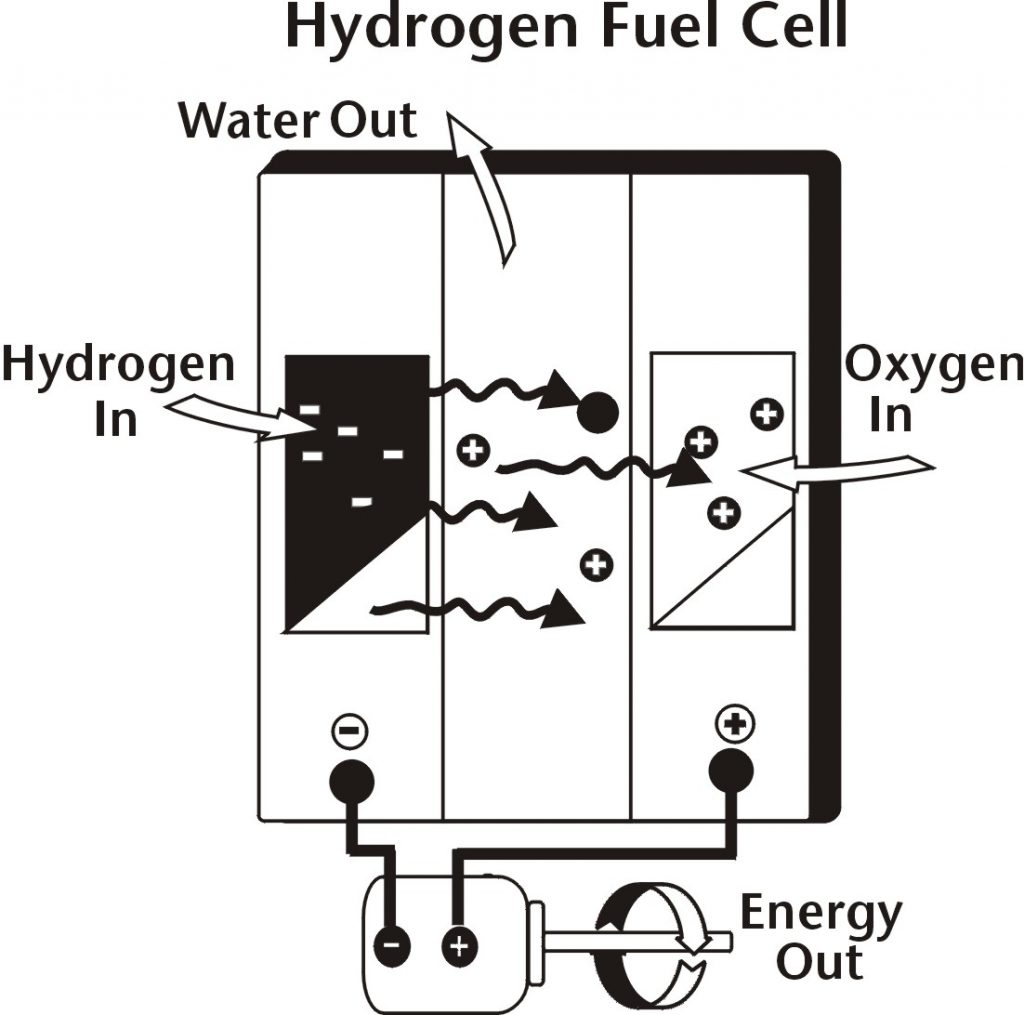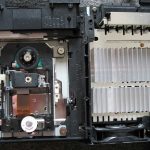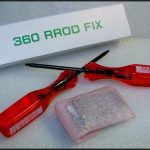Those who build a hydrogen fuel cell do so because it can serve as an alternate fuel source. The following project will show you the basic principles as to how the large fuel cells are constructed.
Required Tools and Materials
Wire Clippers
Battery clip (lead)
Nail
Glass of water
Knife
Platinum wire
Tape
Battery (one that matches the lead)
Step 1
Slice the platinum wire into two equal parts using the wire clippers. Now you need to make two coils. Do this by enfolding each of the cut wires on the nail separately.
Step 2
Use your knife to slice the battery lead wires. The cut should be 3 quarters from the connections. Remove the insulation coating from the lead wires you just cut. To remove the insulation at the ends, use a knife or scissors. When you build a hydrogen fuel cell, you don’t need to slice the insulation back too extensively.
Step 3
Enfold the stripped ends of the lead wires on the platinum wires you coiled. The platinum coiled wires will function as the fuel cell electrodes.
Step 4
Slice some tape. Use this to fasten the wires you linked to the platinum wires on a pencil. Tape it midway down the pencil. You want the electrodes to extend over the side.
Step 5
Set the pencil on a glass of water so that the electrodes hang over the water. Do not let the electrical wire make contact with the water; only the electrodes should make contact. Remove water from the glass if the wirings are too close to the liquid.
Step 6
The last step to build a hydrogen fuel cell is to press the battery onto the battery clip. If you did everything right, bubbles will appear in the water. In scientific terms, it means the water molecules have split.
Hydroxide ions also appear. If you take away the battery clip, the electrodes split the hydroxide ions. The results are hydrogen ions. Electrons are released and drawn to the negative electrodes. The resulting chemical interactions lead to the reformation of hydrogen ions into water. The electrons turn into electrical energy.
Checking for Electricity
If you attach a voltage meter to the electrodes, you’ll see electricity being generated. Once you build a hydrogen fuel cell, you can test it on small electrical components. Try connecting the electrodes to the digital clock. Actually it can be used on any electrical equipment provided there is enough power.
Tips and Warnings
If you want more power, you’ll need to increase the hydrogen output. However, you need to realize that in large amounts, the hydrogen can be combustible.
To produce more hydrogen, large scale fuel cells use modified setups. You can try this but be aware that it could be dangerous. Studies have shown that improper use could lead to combustion or even explosions.
One of the things you’ll learn when you build a hydrogen fuel cell is that there are other possible fuel / power sources out there. By experimenting a bit, you get to widen your view and knowledge of science too.



